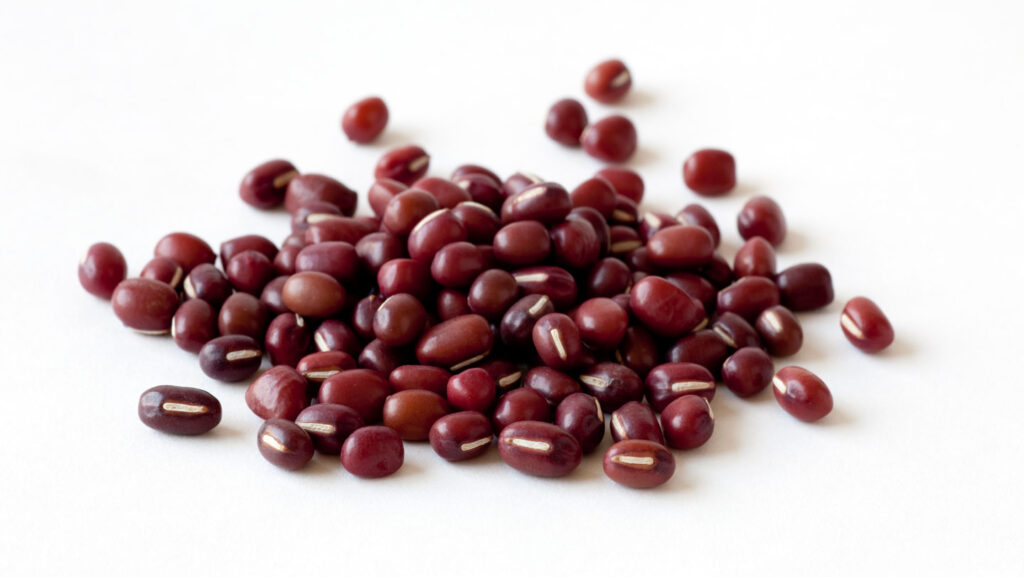Tucked inside mochi, swirled into moon cakes or layered beneath custard in taiyaki, a sweet paste made from red beans is a beloved staple in East Asia. Despite its popularity, the origins of the bean (also known as adzuki) have long been contested.
After analyzing nearly 700 wild and cultivated adzuki genomes across Asia, scientists have now traced the plant’s domestication to Japan between 3,000 and 5,000 years ago, with its spread and diversification in China occurring later. The work, published in the May 29 Science, also identifies the genetic mutations behind the bean’s signature rich red hue.
“I was surprised by basically everything,” says Cheng-Ruei Lee, an evolutionary geneticist at National Taiwan University in Taipei.
Adzuki beans grow in pods on bushy plants and have a naturally sweet, nutty flavor. Fossilized beans suggest early cultivation by Japan’s Jomon people, hunter-gatherers who lived as early as 16,000 years ago. But genetic clues pointed to China instead, where cultivars showed the greater genetic diversity typical of older domestication.
The new study found that while Chinese cultivars do show the most diversity in their nuclear genomes (DNA that’s inherited from both parents), their chloroplast genomes (DNA passed down maternally that evolves more slowly) closely match those of wild Japanese beans.
“The only way to reconcile these competing ideas,” Lee says, is if the beans were first domesticated in Japan and later spread to China, where “they hybridized with local, wild Chinese red beans and got much higher diversity.”
During this process, adzuki beans also got a makeover. Wild beans are pale with dark mottled spots, while cultivated varieties are uniformly red. The team identified one genetic mutation that suppresses pigment processing, causing red pigments to accumulate across the seed coat, and another gene deletion that eliminates the mottled pattern.
To understand when these traits took off, the team tracked the evolutionary trajectory of those two mutations alongside a third mutation that reduces the odds of a pod shattering open — useful for farmers but not for wild plants, which rely on pods bursting to spread seeds. The researchers found that all three mutations began to creep upwards around 10,000 years ago, long before domestication in Japan.
These traits offer little advantage in the wild, Lee says. Their early spread may instead reflect human aesthetic preferences. Red, long considered lucky, also colored Jomon lacquer pottery.
The findings bolster evidence that the Jomon were more than foragers. “If there were people who thought the previous archaeological evidence wasn’t convincing,” Lee says, “here is evidence from plant genetics too.”
Read the full article here


